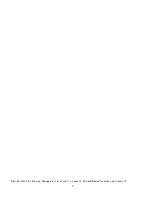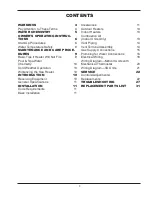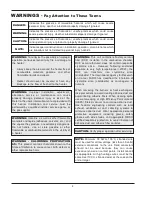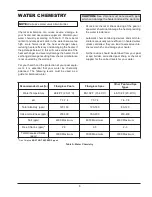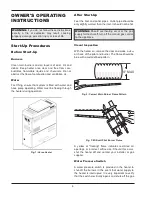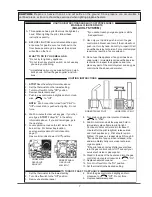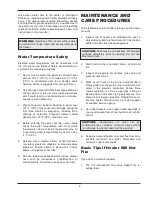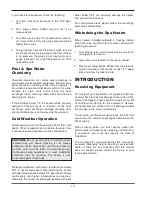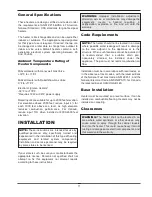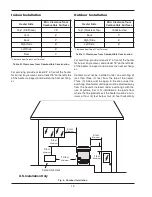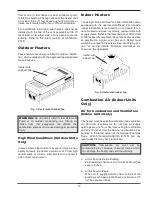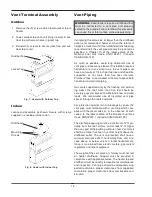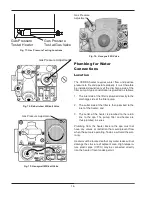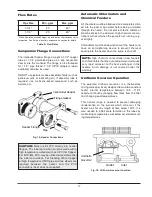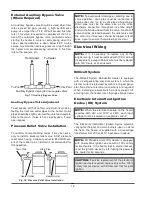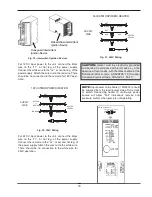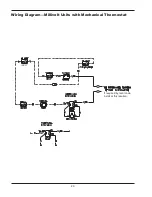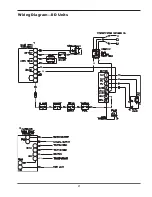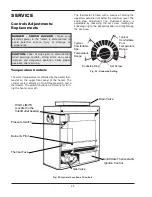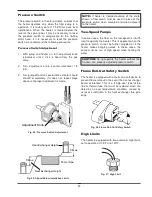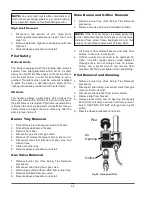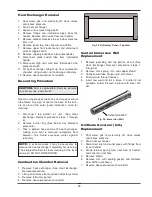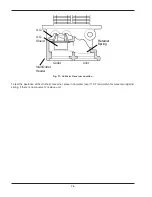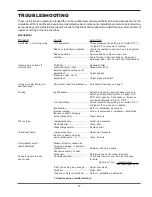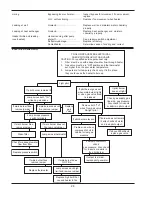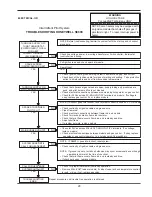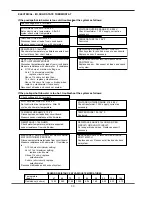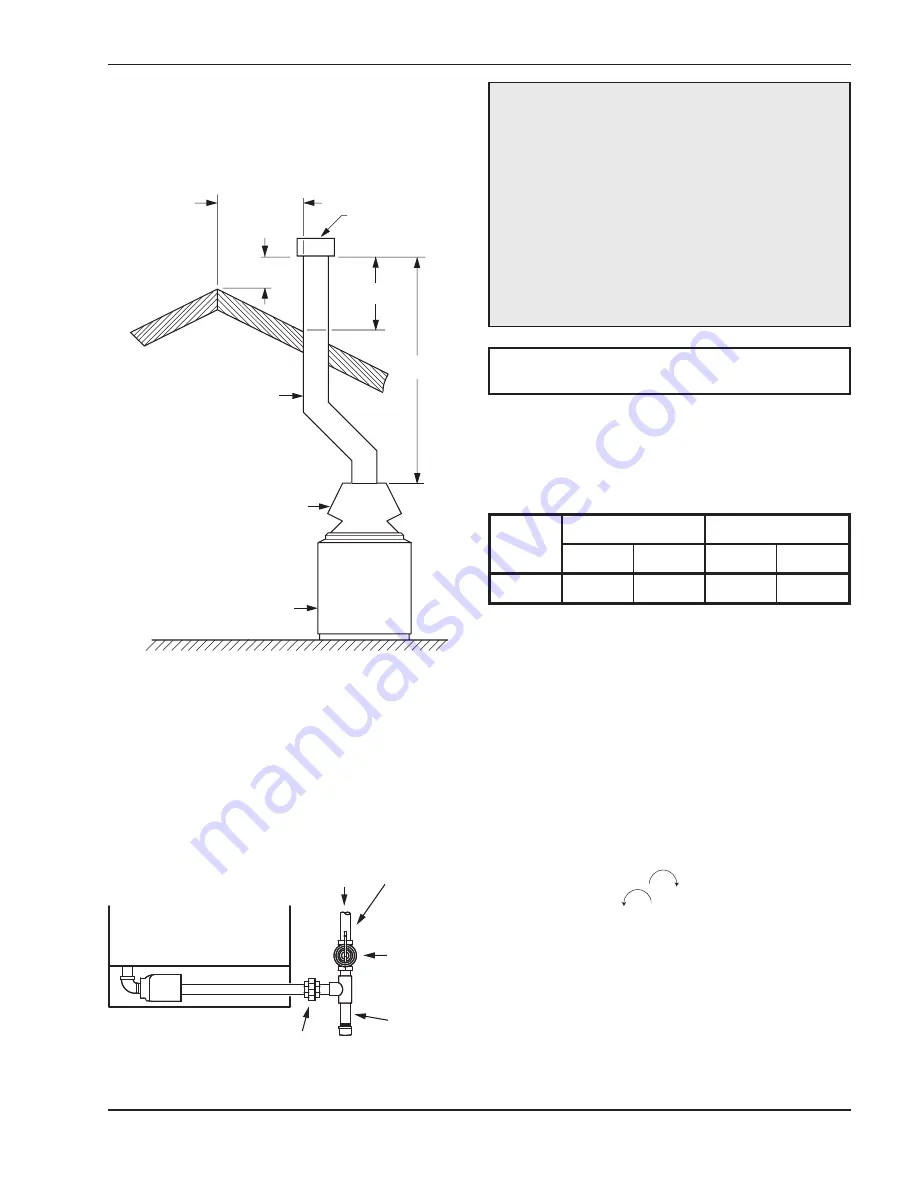
15
Type "B" double wall or equivalent vent pipe is recom-
mended. However single-wall metal vent pipe may be
used as specified in the latest edition of the National
Flue Gas Code ANSI Z223.1 (Canada-CAN/CGA B-
149).
Gas Supply Connections
Gas piping must have a sediment trap ahead of the
heater gas controls, and a manual shut-off valve locat-
ed outside the heater jacket. All gas piping should be
tested after installation in accordance with local codes.
5' MIN
2' MIN
10' OR LESS
2' MIN
VENT CAP
VENT PIPE
DRAFT HOOD
HEATER
Fig. 9: Venting Clearances
A minimum of 7" WC and a maximum of 10.5" WC
upstream pressure under load, and no load conditions
must be provided for natural gas, or a minimum of 12"
WC and a maximum of 13" WC for propane.
Gas Pressure Regulator
SUPPLIED
BY OTHERS
GA
S
F
LO
W
U
N
IO
N
SEDI
M
E
N
T
TR
A
P
M
A
N
U
A
L
SHUT
-
O
FF
V
A
L
V
E
Fig. 10: Sediment Trap
CAUTION:
The heater and its manual shut-off
valve must be disconnected from the gas supply
during any pressure testing of that system at test
pressures in excess of 1/2 psig (3.45 kPa). Dissipate
test pressure in the gas supply line before
reconnecting the heater and its manual shut-off
valve to gas supply line. FAILURE TO FOLLOW
THIS PROCEDURE MAY DAMAGE THE GAS
VALVE. OVER PRESSURED GAS VALVES ARE
NOT COVERED BY WARRANTY. The heater and its
gas connections shall be leak tested before placing
the appliance in operation. Use soapy water for leak
test. Do NOT use open flame.
NOTE:
Do not use teflon tape on gas line pipe
thread. A flexible sealant is recommended.
Model
1/2”
3/4”
N
P
N
P
055B
90
200
200
250
Natural Gas, 1000 BTU/FT
3
.60 specific gravity @ 0.5” WC pressure
drop
Propane Gas, 2500 BTU/FT
3
1.53 specific gravity @ 0.5” WC pres-
sure drop
Table D: Maximum Equivalent Pipe Length
The gas pressure regulator is preset and sealed at 4"
WC for natural gas, and 11" WC for propane. Between
the gas valve and the burners is a 1/8" pipe plug. The
pressure at this point, taken with a manometer, should be
about 3.7" WC natural gas and 10.5" WC propane.
If
an adjustment is needed, remove seal and turn adjust-
ment screw clockwise
to increase pressure or
counter-clockwise
to decrease pressure.


